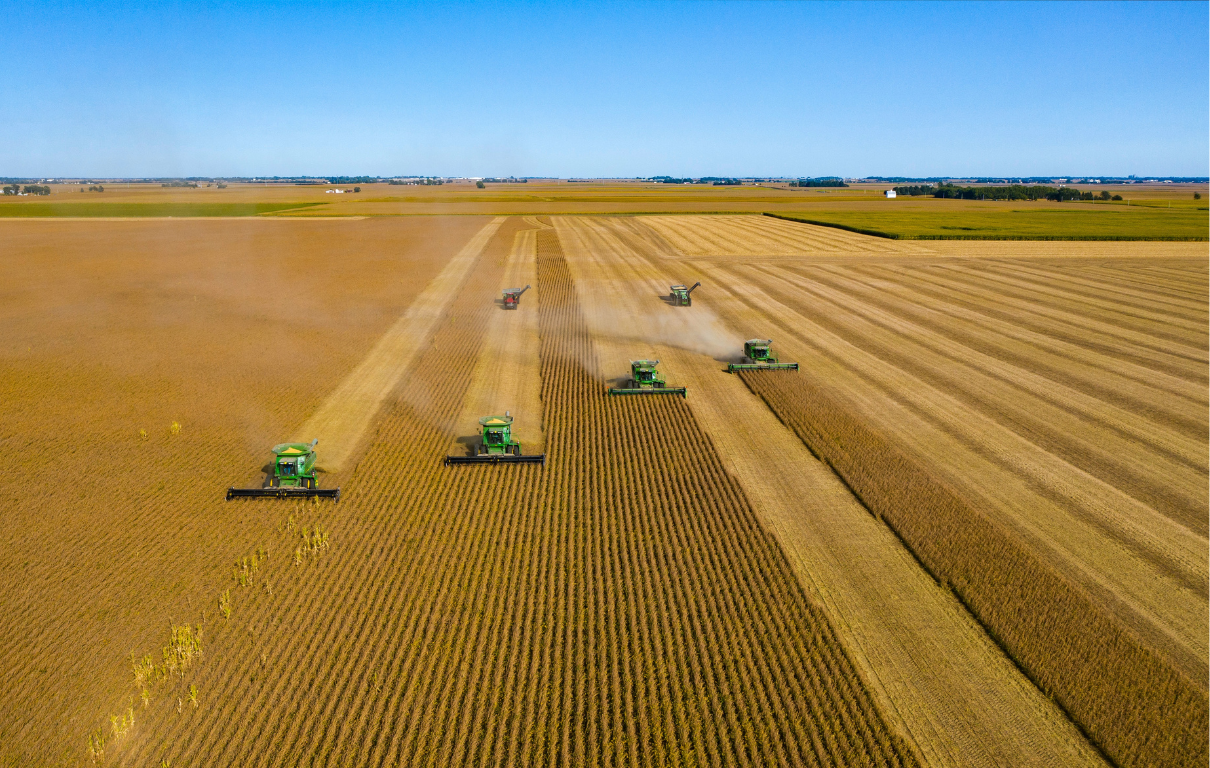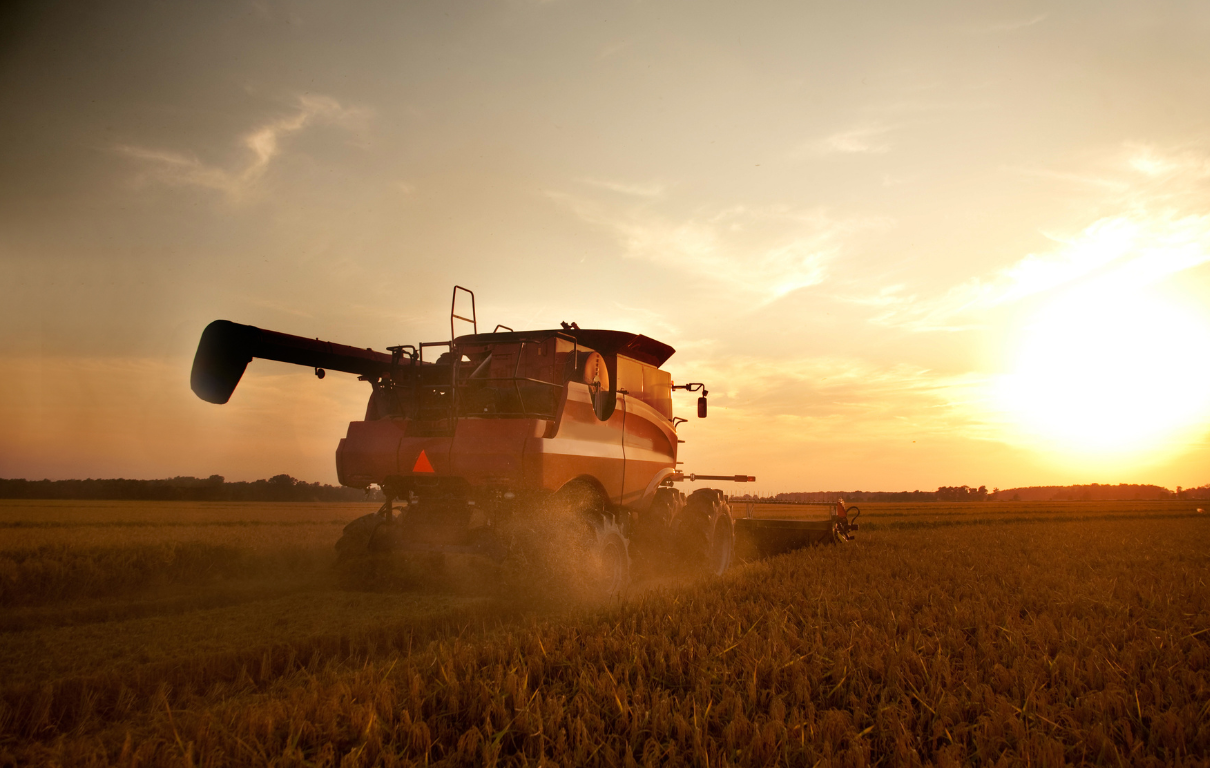Soybean vs Hemp Fiber Economics - Hemp Fiber Association
The Current Market For Soybean
The current economic scenario for soybean farming in 2024 indicates a challenging landscape. Projections for Soybean in Illinois, a major Soybean-producing region, suggest lower costs compared to 2023, primarily due to reductions in fertilizer prices. However, even with these cost reductions, the break-even prices for Soybeans are projected to be above 12.00 per bushel across all regions of Illinois. If the current price of soybeans is $12.74/bushel, farmers are on the edge of losing money on every acre they plant.
This situation is exacerbated by the fact that the only revenue included in the 2024 budget is crop revenue, with traditional commodity programs like Agricultural Risk Coverage (ARC) and Price Loss Coverage (PLC) not expected to make payments at the prices and yields used in these budgets
The High Costs of Inputs For Soybean
Input costs play a significant role in the profitability of Soybean farming.
When merging this high cost of inputs with the low value of soybeans, it is quickly becoming economically impossible to be profitable in farming soybeans in 2024.
The Economics of Hemp Fiber vs Soybean
Comparing this to the economic viability of hemp fiber, the scenario appears more positive. Preliminary 2020 budgets for hemp fiber production in Michigan show a total value of production at ~$760.00 per acre with total costs amounting to ~$570 per acre.
This results in a positive return above total costs of $190.00 per acre. It's important to note that these figures are region-specific and might vary in different areas or under different market conditions. However, this comparison suggests that, at least in some scenarios, hemp fiber could offer better economic viability than Soybean, especially in the current context of high input costs and lower commodity prices affecting soybean farming.
Planting Hemp Fiber Behind Winter Wheat (or another crop)
The Heartland team has worked for 3 years to provide data that planting hemp fiber and grain crops behind winter wheat enables more income per acre on land that is usually left completely unused.
How Do I Switch To Farming Hemp vs Soybean?
Hemp fiber and grain production use many off-the-shelf equipment that every farmer and farming community has readily available. Read more here for the methods to best grow in your area.
Future-Proofing Farming with Hemp
Aligning with Sustainable Agriculture Trends
As the world moves towards sustainable agriculture, planting crops like hemp aligns farms with these global trends. This foresight can position farms to meet future market demands and regulatory changes.
Long-term Economic Viability
Investing in hemp cultivation now can pave the way for long-term economic viability. As industries continue to explore and expand the use of hemp fiber, early adopters stand to benefit from established operations and expertise in this promising crop.
Welcome to the Hemp Fiber and Grain Association – where the future farms.



